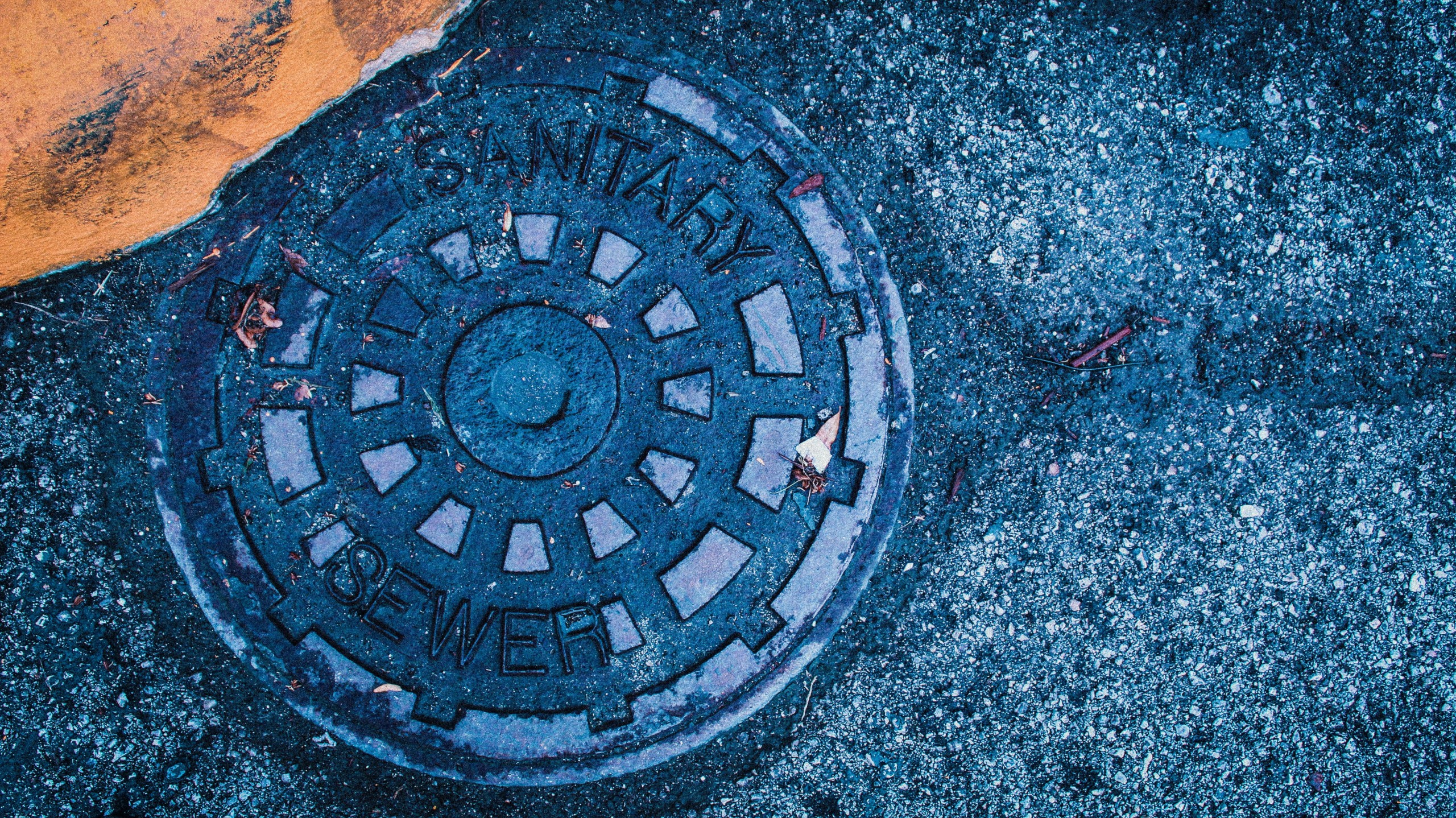This website uses cookies so that we can provide you with the best user experience possible. Cookie information is stored in your browser and performs functions such as recognising you when you return to our website and helping our team to understand which sections of the website you find most interesting and useful.
News
How Wastewater-based Epidemiology Could Prevent the Next Pandemic
Around the country, cases of COVID-19 are surging, cities are going back under lockdown, and governments are urging that citizens do not travel to visit family this holiday season. A vaccine seems like the only solution so that we may begin to see cases under control. And even with the rollout, it will still be months before we start to see any improvement.
Although we can’t change the past, we are all looking ahead to determine how we can prevent or manage a future pandemic. At Vinyl360, we learned about one method that may be used more frequently in the future to predict virus outbreaks.
Christina Davenport joined us from Bend, Oregon, where she is a program manager in environmental compliance and shared how Bend was one of the first cities to use wastewater-based epidemiology (WBE) to predict COVID-19 outbreaks.
What is wastewater-based epidemiology?
Environmental microbiologists have studied pathogens in wastewater for decades. In Europe, WBE was originally used in the 1990s to monitor the environmental impact of liquid household waste, and now many European cities (and even some U.S. cities, like Cary, N.C.) use it to detect opioid use in communities.
While a relatively old science, WBE is still relatively new as a public health surveillance tool. In 2013, Israel saw its first polio transmission in decades. And the alarm was sounded by a sewage surveillance system that was set up in 1989 and tested wastewater weekly for poliovirus.
This early alert was critical because polio transmission is typically detected by paralysis. However, this is a severe outcome that affects a small fraction of polio infections – and if a city is seeing this symptom, it means there’s a much larger outbreak at hand. Through sewage surveillance, Israel was able to quickly vaccinate the public before any infections resulted in paralysis.
Now – scientists are hoping to use the same technology to eradicate the coronavirus.
WBE provides reliable early detection.
One startup, Biobot, was already analyzing sewage as it relates to public health. So they were quickly ready to shift operations to test for COVID-19 when the pandemic hit, and Bend was one of the first to get involved in the study.
Bend set up influent samples at their treatment plants and sent wastewater samples to Biobot’s labs that would then look for coronavirus viral RNA. Soon after, Oregon State University got involved, and Bend began sending samples to both Biobot and OSU, which was testing a different methodology.
But OSU went a step further. Through the university’s TRACE program, they installed wastewater samplers to isolate samples from certain neighborhoods, while at the same time doing nasal swabs of residents in those areas. This allowed them to compare wastewater data with the nasal swab results.
The WBE proved accurate. COVID-19 was showing up in wastewater, and it was correlating to the nasal swabs OSU was also collecting. Similar to the case study with WBE and polio, people who are infected with COVID-19 will shed it through the wastewater, even if they aren’t showing symptoms. According to Biobot, WBE spikes in virus concentration preempt case testing by up to a week. With this early alarm system, governments and public health officials have the ability to act and prevent spread in certain areas.
PVC can help.
In the past, Bend has primarily used concrete-lined troughs in their manholes, and they install sample manholes on any industrial commercial property. But Bend has a couple of unique challenges that make PVC-lined troughs a better option.
Bend has a dry climate and is considered a high desert. And with a lot of “green” new construction, combined with low water use and an aggressive water conservation program, the concentration of the city’s wastewater is extremely high. The concrete troughs pose a problem if an industry that doesn’t have a significant volume of wastewater coming through because the waste can become cemented in the water infrastructure. In fact, they have actually found septic tanks that have developed in their sample manholes.
Davenport mentioned that they are looking to updates their specs to allow their troughs to be lined with PVC which would prevent waste from cementing itself or drying itself out in the infrastructure.


